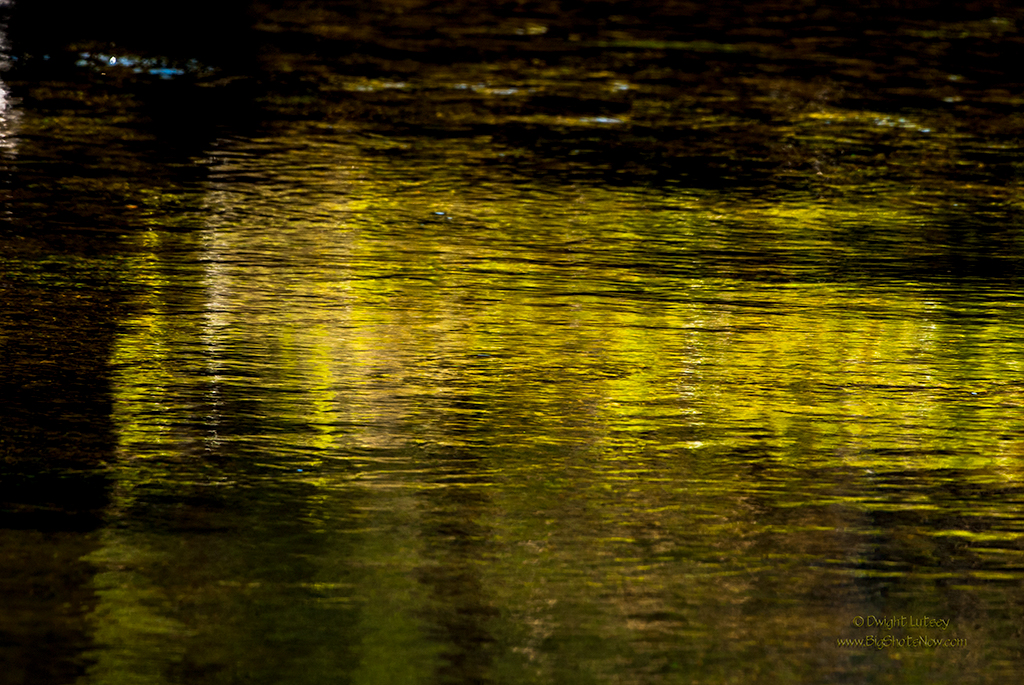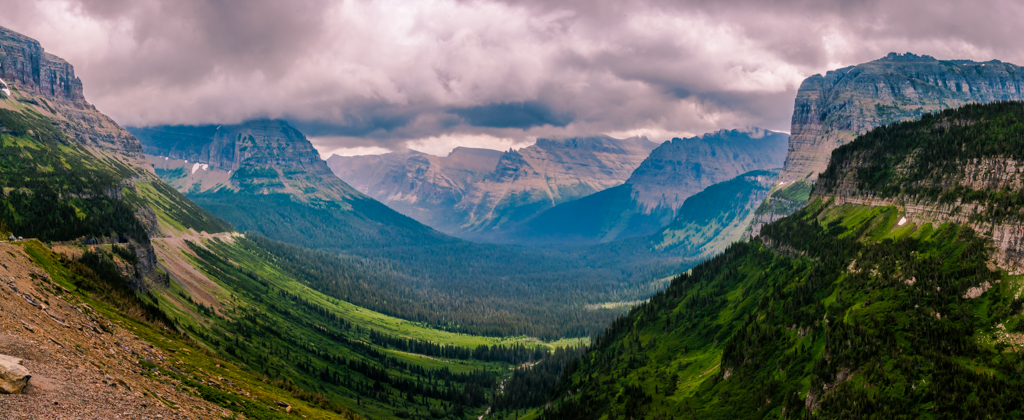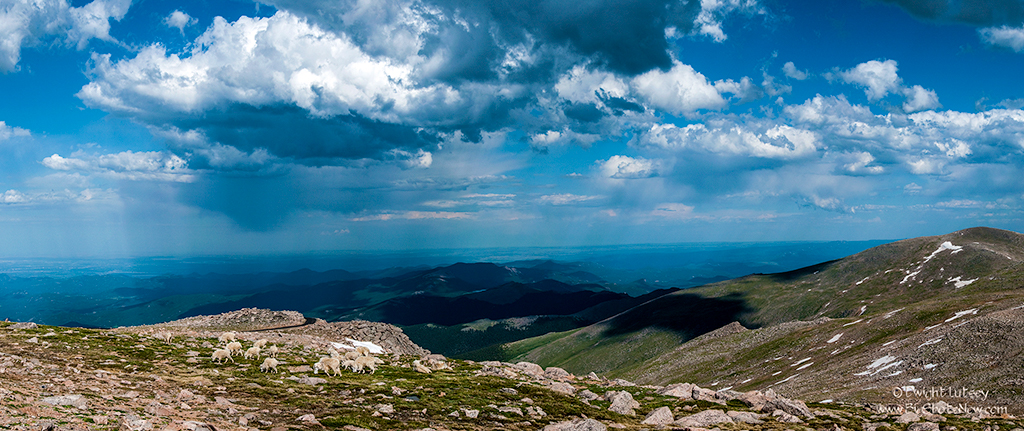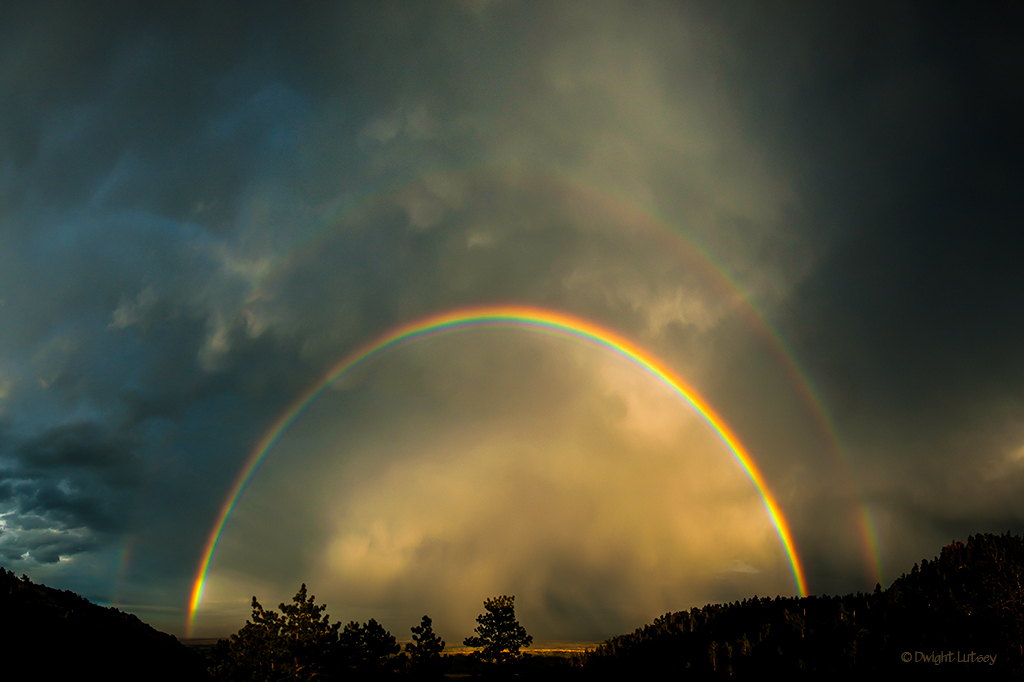
Lots of times you’re in the heat of the action and you look up and there is something so different from what you are presently doing that you have to stop and just stare at it. Such was the case this September afternoon on the Madison river in Yellowstone National Park.
We had been shooting Otters as they swam back and forth in the river, hunting, catching big fat trout, there are many big fat trout in the Madison river, the young otters playing, bickering amongst themselves, making up, otters can’t stay mad for very long and generally just displaying all the behavior that makes otters, otters.
There are many animals in the park and usually everyone is focused on the big exciting ones. The grizzlies, wolves, bull elk fighting and they tend to lose sight of some of the more elusive, but equaling exciting species like the otters. And when you do see them it is normally just a glimpse as they flash by, barely giving you time to lift your camera for a grab shot. Which is why when you get to spend some quality time with them it is very special indeed.
But this day was different, the otters decided to stay around and hunt the area known as the log jam, a wide place in the river that catches all the logs and trees floating downstream and once one log is caught it catches another and so on until you have a large collection of logs and other debris stretching halfway across the river. Trout love log jams, there’s shade, plenty to eat, and places to hide when they need to. Otters love log jams for exactly the same reasons.
Unbelievably we had the opportunity to stay with this family of otters for several hours, moving with them as they traveled up and down the river. Around noon they’d eaten enough, fooled around enough and it was time for a nap. They climbed in the middle of a particularly dense group of logs and became invisible once they were asleep. It was a cloudless day and the sun had been very hot making the noon-day light very contrasty, washing out the color of the water, even washing out the color of the dark reddish-brown of the otter’s fur. This made for poor shooting so looking for a shady spot to wait out our sleeping subjects we found a large pine to sit under and wait for their reemergence.
Whenever you set up your equipment, which consists of a large camera and telephoto lens on a big tripod you become a subject of interest for those passing by, an indicator that something important must be going on. “What do you see?” is the first question, then “What’s out there? I don’t see anything?” or ” What a ya just sitting there for?” You try and answer their questions, explaining that there were otters here just a little while ago and they’re gone now but soon you get tired of answering the questions and dealing with their irritation that they missed something cool and somehow it’s your fault, and you begin giving short answers like “Nothing.” or “Scenery.” They hate that answer, the scenery one, because you have robbed them of seeing something really cool, like a wolf crossing the river, or an osprey in the act of catching a fish, and therefore have tricked them into stopping and wasted their time when you were only looking at scenery.
Sometimes, if you are a grumpy photographer and they are particularly obnoxious you reply with something like “Oh, you should have been here a few minutes ago. A mountain lion was crossing the river with a wolf pup in her mouth and an eagle swooped down and stole it from her. There was a hell of a fight.” We always throw “the hell of a fight” in there as that makes them really mad that they missed it. However if we’re feeling in a really peckish mood we often just say “Move along people. Nothing to see here.” this in a curt voice that doesn’t leave much room for other conversation.
In the mean time, while we have been feverishly shooting the otter family in this bad light, disgusted that we have to settle for what we know are going to be marginal shots that will be hell to deal with in Photoshop, yet ecstatic that we’ve had this time with these otters, you need a moment of decompression time to process all that you’ve seen. You need to find that shady spot and take in what else is going on around you. The spot we picked to wait for the otters just happened to be near a bend in the river where some large pines blocked the sun. The shadows and dappled sunshine produced this intense area of bright emerald light on the river’s surface in the midst’s of the deep shadows. The illumination of the trees reflected in the water produced a calming almost zen-like experience. It put everything back into perspective and perversely made us wish for the otters to take a little longer nap.
It wasn’t long before a new group of those visitors wanting to you to do their work for them by finding the next cool sight came up and the questions began again. The answer this time to “What do you see?” was “Nothing much, just some scenery.” It wasn’t long before we were alone again just watching the river.







You must be logged in to post a comment.